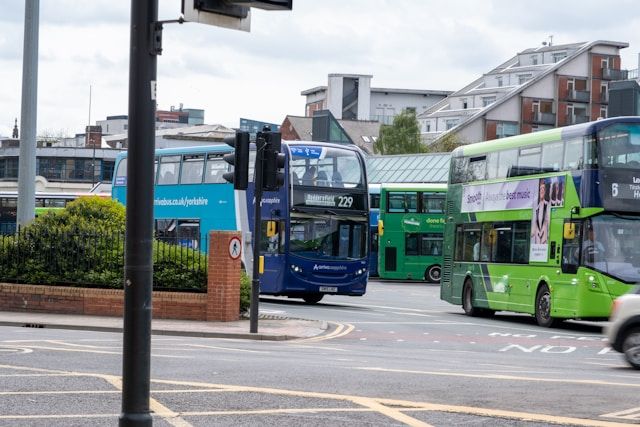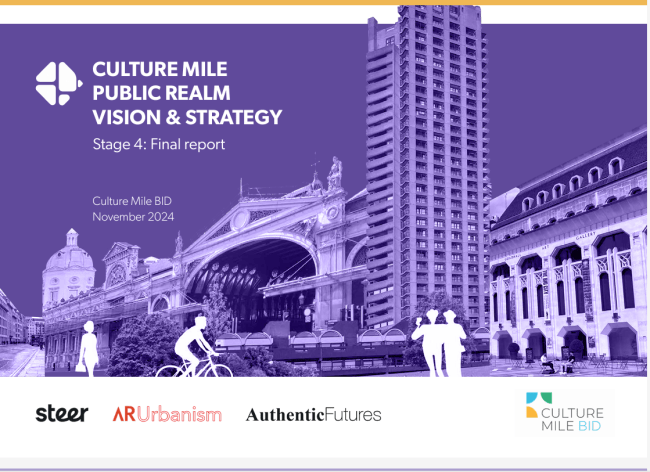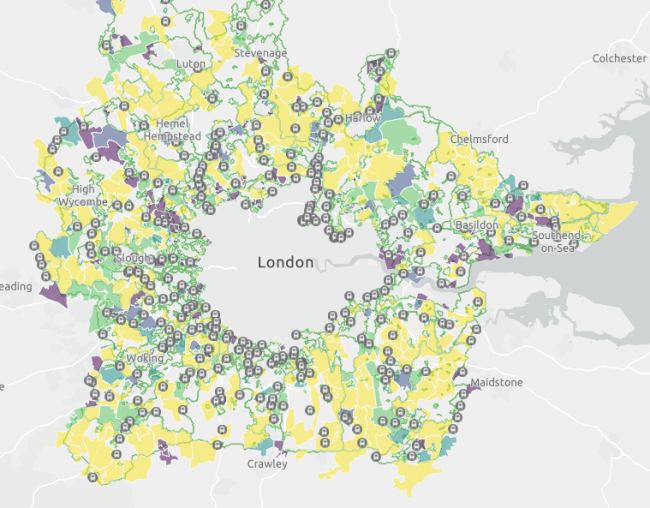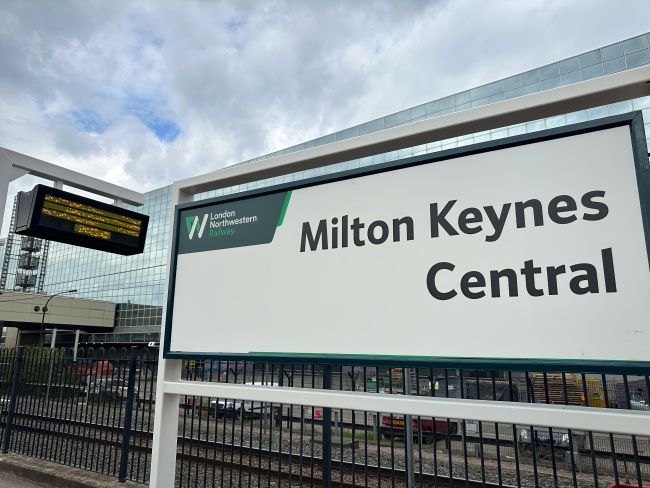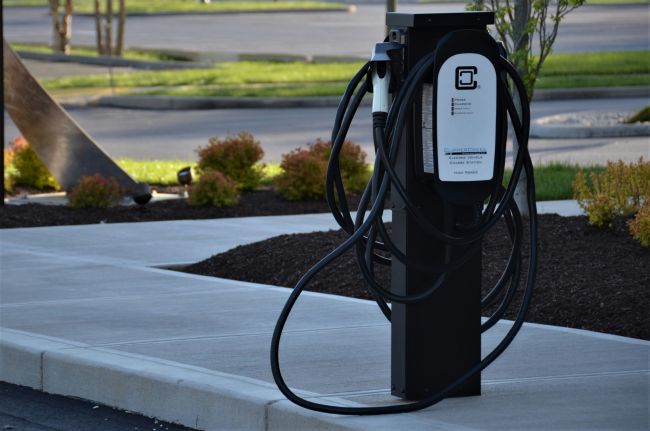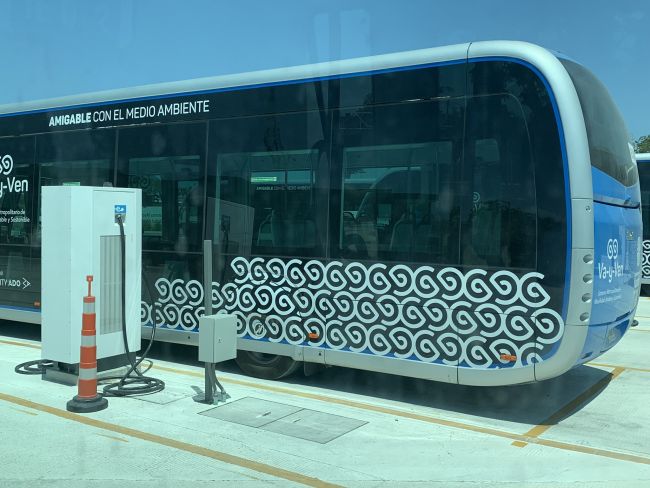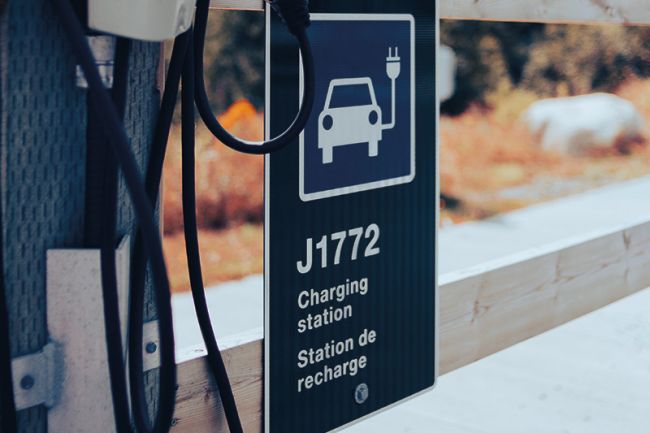Is flexibility the answer?
Undoubtedly, the COVID-19 pandemic has imposed a sudden stop to our daily routine and reshaped our mobility needs and priorities.

Undoubtedly, the COVID-19 pandemic has imposed a sudden stop to our daily routine and reshaped our mobility needs and priorities; we have all started wondering what mobility trend will remain once the global emergency is over. A variety of different scenarios have been identified in relation to mobility trends and new transport behaviours for the short, medium- and long-term horizons.
Our perception is that crisis and all that it entails, including fear and anxiety, can heavily influence our judgement. Nevertheless, Governments have been called to quickly reshape the future of mobility based on transport users’ new needs and behaviours, and local authorities are asked to connect the dots and complete a picture that is currently blurry.
We can all acknowledge that the future is unlikely to look like it did before and that we are not going back to the same pre-COVID normal, but in reality, nobody knows what the future will look like. However, if there’s one simple and universal lesson we have all learnt from the pandemic, it is that the flexibility and the ability to adapt our behaviour in a quick and efficient way will be the key for whatever future we’re likely to face.
Global experts have begun to track trends for the predictive future: part of them will be confirmed over time, while others will disappear simply because people tend to forget. Future trends such as working from home, de-urbanisation, change in travel patterns, and economic disparity growth have been heavily analysed but, at present, no one is in a position to quantify their real impact, especially in the longer term where it is likely that our decisions will not be influenced by restrictions imposed by authorities or by the fear of infection.
Central and Local Governments across Europe have been asked to propose short, medium- and long-term visions needed to design new and sustainable mobility systems. Macro factors to consider are:
- the effect on travel behaviour of changes in lifestyle, social interactions, and economic conditions
- the impact of new technologies and innovation will be crucial to speed up the process of reshaping the future of mobility by creating new forms of transport or providing real-time (multimodal) information and/or new mobility solutions for users and authorities.
For this new challenge, a multidisciplinary vision is required based on a new approach focusing on the concept of flexibility and resilience. Flexibility, where possible, may represent the key to design and implement agile mechanisms that can quickly respond to unpredictable and/or unexpected changes.
There are multiple applications of the flexibility concept. These include:
- Flexible public transport service contracts – regulatory uncertainty could increase in the next few years, and local authorities, which are about to launch new tendering procedures for the concession of public transport services, will be asked to design new service contracts without having a clear picture of how mobility demand will react. The introduction of new flexible mechanisms in the service contracts may allow rewarding operators despite changes in volume of services and of demand.
- New and flexible lower-cost transport modes – loss in revenue and simultaneous increase of unitary costs may speed up the introduction of new and flexible lower-cost transport modes, with the involvement of interested private partners aimed at reducing the mileage operated by public transport operators on those routes with lower load factors.
- Flexible working hours – the ongoing economic downturn, which is impacting public transport operators, could benefit from lower future capital expenditure (rolling stock) and operating costs, mainly driven by the number of drivers to be reached through the introduction across Europe of new policies aimed at promoting, where possible, well organised and flexible practices in working hours.
- Flexible transport systems – The Recovery Plan will allow Member States to finance sustainable mobility systems and new transport infrastructures. Each Government, rather than proposing PPM (Pre-Pandemic-Made) projects, need to think about the real benefits of new fixed and capital intensive transport modes such as tramways versus more flexible and equally environment-friendly solutions such as e-buses, which bring the advantage of being more easily relocated over the territory in relation to potential and unexpected changes in urban mobility patterns and demand over time.
- Development of new urban management systems – Central and Local Authorities will be forced to embrace new forms of technologies to access data in real time across all the mobility systems to optimise flexibility among mobility flows and asset management. In the same way, public operators may reconsider their future offer by introducing new and more effective solutions relying on digital technology and algorithms that optimise routes and, above all, passenger capacity in real time which has been one of the most difficult issues to handle during the pandemic.
Focusing on flexibility is not necessarily a choice but under the current circumstances transport players must match commitment to sustainable transport systems and flexibility in delivering them.
